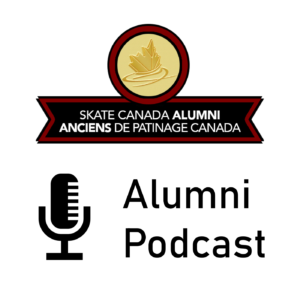
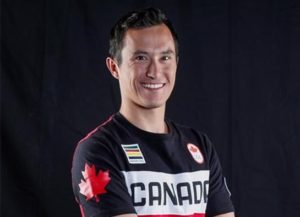
Featuring Patrick Chan
Three-time Olympic medalist and 10-time national champion
Patrick Chan is the most decorated male figure skater in Canadian history. A three-time world champion (2011, 2012, 2013), a 2018 Olympic gold medalist in the team event in PyeongChang, he won two Olympic silver medals in the men’s event and team event at the Sochi games. And in January 2018, he won his 10th national title to break the all-time record held by Montgomery Wilson since 1939.
Think about the complex skills it requires to be the best in skating: power and acceleration, deep edges, body control, complicated footwork, rich and detailed choreography, and outstanding jumps and spins. Ten-time Canadian Champion Patrick Chan has them all… and he has pushed figure skating in new directions.
This month’s podcast with Debbi Wilkes, Patrick talks about his career, his retirement, his future, and the important time for reflection during the COVID-19 isolation, the longest time he has been off the ice since he started skating!
Most elite athletes are perfectionists… and Patrick Chan admits he is no different. His drive to learn and succeed and, since retirement, he has a new appreciation for what is required to move into the next chapter of his life. While he hopes skating will always play a significant role, Patrick is open to developing new skills and searching for his next great challenge.
As you will discover, despite the lock down, Patrick is hungry to return to the ice.
![]()
Where to Begin this Skating Story?
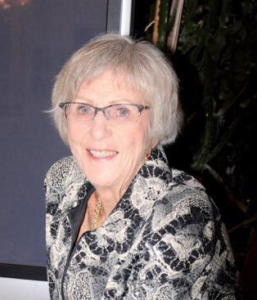
by Joanne Shaw, Retired Official
When “PRECISION” first started in the 1960’s as a fun hobby, it allowed recreationally based athletes to concentrate their efforts on team skating. “PRECISION” was groups of skaters who performed moves in unison across the ice. Initially those performances were full of cutesy moves such as toe tapping, hand clapping and hip slapping… more attuned to glitzy show biz than to quality skating.
Outside of tests up to the gold level, there were few places for non-traditional competitors to go at the time. No competitive arena was available to build those skills that helped promote goal setting, perseverance, creativity, and artistry. If you weren’t in the elite competitive stream, skating was a dead-end for many participants. But with the birth of precision skating, suddenly there were new opportunities to advance and brought fresh life to the sport and welcomed a whole new community of individuals, including athletes, coaches, officials, and volunteers.
In the early days of this discipline, we had teams across Canada. Most of the top teams came from Quebec and Ontario, but there were also some very competitive teams from Alberta and British Columbia. My recollection is that you could always tell a team from Quebec because quite often they wore little hats on their heads as part of their costume.
In the 1980’s, at the beginning of the Canadian Championships for Synchronized skating, we would have up to 90 teams competing. (In those days it was called the National Championships. Teams were originally up to 36 skaters with 6 alternates, later down to 24 skaters with 6 alternates and then down to 20 skaters with 4 alternates and finally, as we know today, 16 skaters with 4 alternates.)
The first National Championships were held in London, Ontario at the University of Western Ontario’s Thompson arena. We were not quite as sophisticated as Singles, Pairs and Dance, but we were determined to get there and be at the same level.
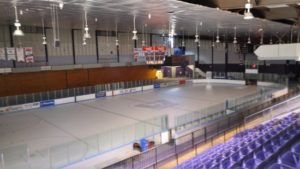
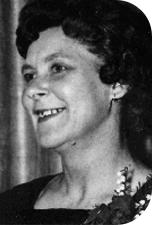
The judging panels always sat in alphabetical order so there I was always at the end of the panel with Doug Steele and Elizabeth Swan, two very good mentors to help me understand this new discipline.
I do remember when we changed the name from “Precision” to “Synchronized”. I was on the Board of Directors for Skate Canada at that time and during our meetings if you said the word Precision instead of Synchronized it cost you 25 cents, each quarter donated to the Athlete Fund.
What a wonderful ride I have had with skating.
I have been involved with skating since I was a child in a small town in Western Ontario and a volunteer with Skate Canada since 1966, beginning in Burlington and then moving to London to work with the Junior Program at the London Skating Club where both my daughter and son skated. It was the National Badge program at that time, a program I ran for four years before we moved away from London.
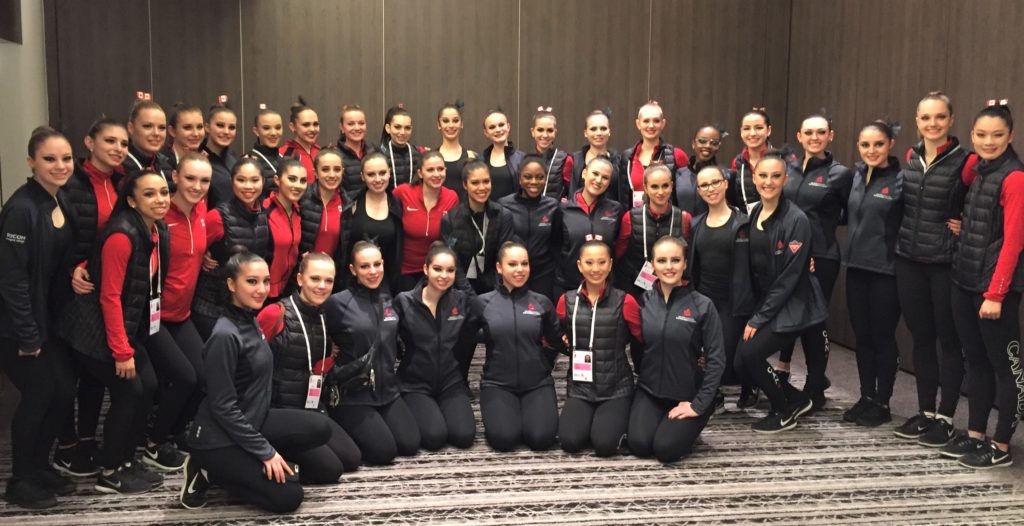
I started to judge skating in the 1960’s and today still continue to help clubs with assessing tests in skills, artistic, dance and free skate. Many changes have occurred with the judging system since I started this adventure. Although I’m a Canadian Level Singles, Dance and Synchronized Skating Judge and Referee, I decided in the 90’s to focus on Synchronized Skating as I wanted to see how we could further develop and promote this discipline of figure skating.
I have officiated at all but four or five Canadian Synchronized Skating Championships either as a Judge, Referee, or in the last few years, as Technical Controller or Technical Representative. I also was an ISU Judge, Referee, Technical Controller and Technical Representative.

During those years, I had the pleasure of judging the first ISU Challenge Cup and the first World Championships in 2000 and when the new judging system was developed, I was Technical Controller on the first trial event at Neuchatel, Switzerland. What fantastic opportunities!
Another highlight of my skating career was being on the Board of Directors for Skate Canada from 1996 to 2012. During this time, I was asked to run for the ISU Synchronized Skating Technical Committee, so off we went to Kyoto, Japan for the ISU Congress meeting. I confess, it was pretty intimidating going there particularly because that was the year of developing a new system for judging. Despite the fact Synchronized Skating was still new for the ISU, Canadian, Donald Gilchrist was very instrumental in getting the discipline officially recognized.
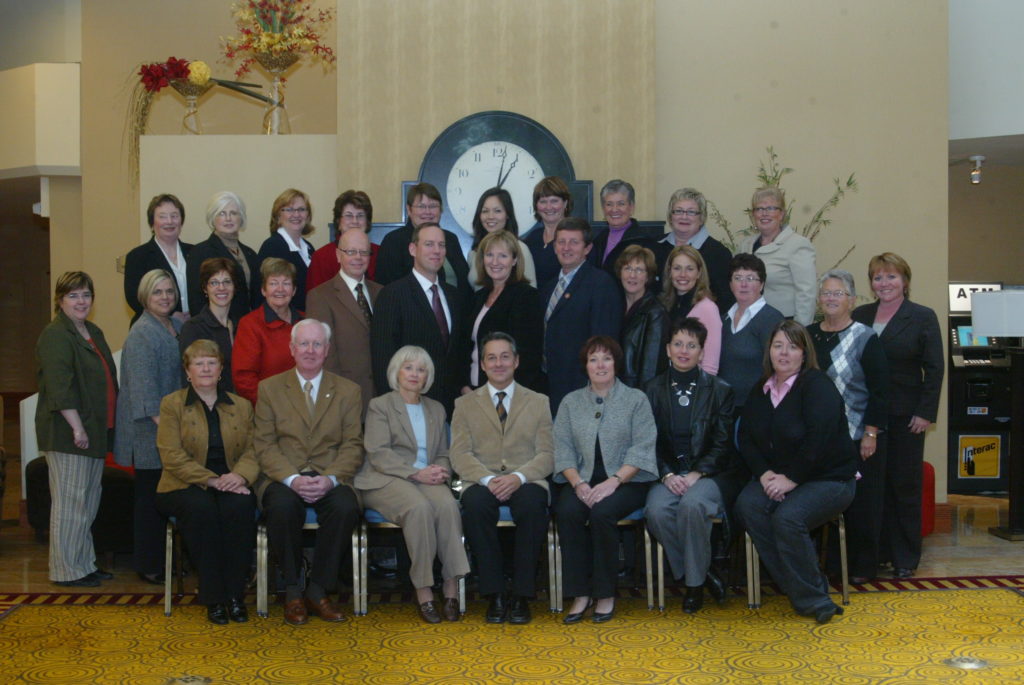

Being elected to the ISU SyS Technical committee was very rewarding and we were busy trying to establish how the new system would work for us. Synchronized Skating had a group of individuals who were responsible for establishing the new ISU judging system for Synchro. Marie Lundmark, Cathy Dalton and I were the core committee, but we also had help from others who were very knowledgeable about synchronized skating. This project consumed most of our time the first four years, understanding that quality skating had to be encouraged but also recognizing that Synchro was very different from the other disciplines. On this committee I was responsible for doing amendments to the ISU regulations both general and technical. This also resulted in my leading Synchronized Skating seminars for the ISU in Program Components, GOE and most importantly in training of Technical Specialists and Technical Controllers.
Looking back, who would have ever thought I would visit 31 countries because of Synchronized Skating!
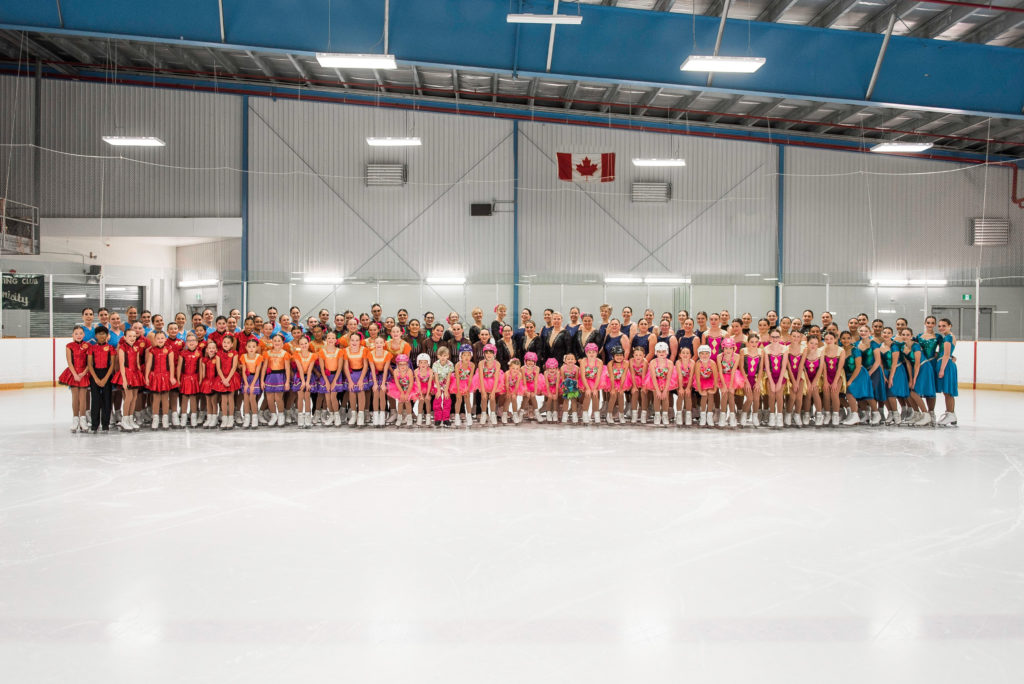
On another personal note, skating has taken me places I never could have imagined and provided me with outstanding memories including winning the Elizabeth Swan Synchronized Skating Award Nationally in 2007. In 2012, I was also awarded the Western Ontario Skate Canada Official’s Award of Excellence, and in 2017, I was elected into the Western Ontario Hall of Fame in the builder category. And last but not least, I was very honoured and humbled to be presented the ISU Award of Merit in 2019.
Our disciple has grown by leaps and bounds. Teams are doing very difficult transitions, steps, turns, free skating moves and group lifts, to name a few. The teams are much faster, have better skills in skating and crowds are excited to watch these teams compete.
With the pandemic, the world certainly has changed. Although I miss not being with my colleagues in the officiating world, my dream for Synchronized Skating is as constant as ever. If the discipline does get into the Olympic Games, then my vision for this exciting sport will be complete.
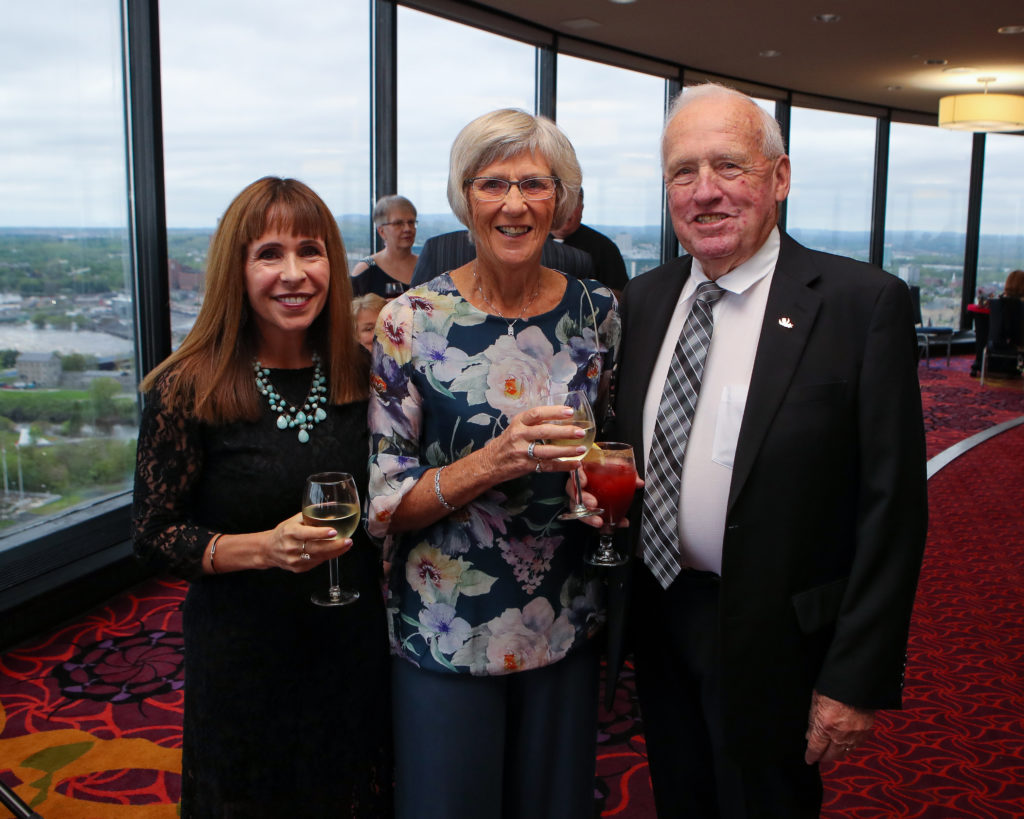
PHOTO: Greg Kolz
![]()
Expo ’67: The World Comes to Canada

by Paul Huehnergard, 1965 & 1966 Canadian National Champion
1967! The 100th anniversary of Confederation.
It was a year when Canada and Canadians felt a huge sense of pride.
We were on the international stage and both eager and ready to present a fresh face – led by our dynamic Prime Minister, Pierre Elliot Trudeau. If anyone could show us the way to celebrate, and perform, this man did. He was the first “glamour boy” in Canadian politics and his intellectual credentials gave a unique aura to his persona and immense credibility. It was almost as if he gave us permission to go ahead and have fun.
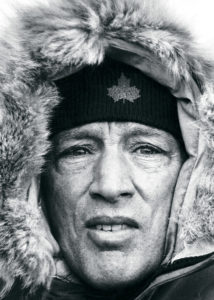
We were in a party mood big time!
Montreal was the perfect venue – an energic city. This city was in the throes of huge modern architectural development. The amazing Bank of Montreal building was the icon of the city. And Canada’s 100th birthday present was Expo’67, the jewel in the city’s crown. (In hindsight, I don’t think any World’s Fair since was as brilliant or as successful).

I don’t remember the exact dates when I was called to see if I was available to be a participant in an ice show that was being put together for the big Fair. After finishing my first winter season of coaching in Atlantic Canada, I found myself back in my hometown of Toronto at the Tam O’Shanter Arena at the end of March for intense rehearsals.
Curiously, there was only a small group of us to become “The Troubadours”. Obviously not a big cast. As I recall, the original participants were Debbi Wilkes, my sister Susie, Jacqui Pugh (Hyland), Greg Folk, Ross Garner and his partner Derijan Redsell. As the months went on, other notable skaters were brought on board to allow us with prior commitments freedom to follow through.

53 years ago! I have really had to go back into my memory bank. Finding that safety deposit box was a feat let alone opening it. But fortunately, there were some brilliant nuggets inside, though at my age some of them were not as shiny.
This whole adventure was truly a novel, different, and revolutionary concept.
With Hall of Fame coach Bruce Hyland’s positive energy, enthusiasm, and initiative, this project couldn’t help but succeed – even if a few of us weren’t sure how it was going to work. The great Canadian Maestro Howard Cable was also on the production team. He along with his orchestra produced the music for two different shows and was a wonderful support as he was present at virtually every rehearsal. With unique choreography, we all learned very quickly that we were going to be dealing with an entirely new way of moving and performing.
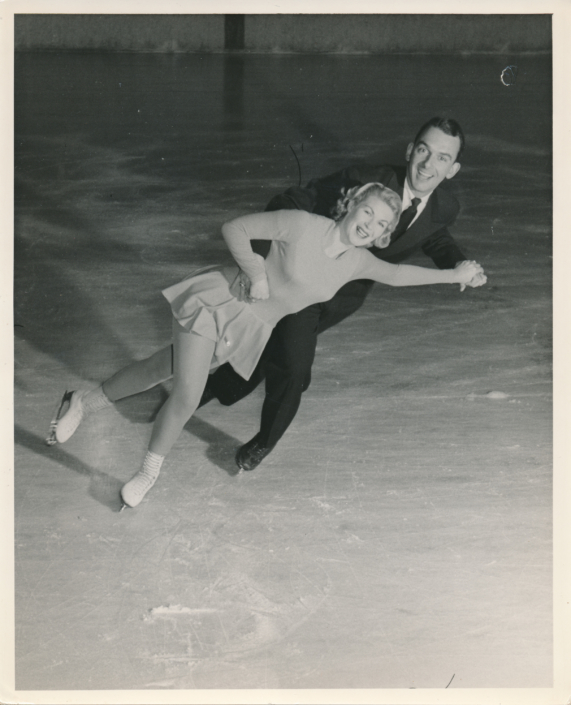
The ice surface was only 10 ft. x 18 ft., a little intimidating to say the least. We had to modify everything in our skating skills. But we managed axels (the more courageous could do double toes and double salchows), flying camels, lay back spins, death spirals, pair spins and lifts.
But learning to dance in a contemporary jazz style was difficult for me.
Some of the dance steps were hard to do in shoes let alone on skates! Lots of toe pick work I recall. Sore ankles, too. The patience of our choreographer in dealing with untrained dancers [albeit who could ice skate] to perform on the ice and be effectively entertaining was a miracle. From start to finish the show was all done and ready in about two weeks.
The costumes were designed by the brilliant Frannie Dafoe. The outfits were truly outstanding. I do recall some apprehension that for one of the shows the men were to be in pink monkey suits! Again, the choice was brilliant because once on site it meant that we could be seen from a distance, and thereby attract a crowd.

OK, now about this venue.
The ice surface with its own freezing plant was on wheels, no less, and pulled by a tractor. A very novel feature to be sure. But it worked thanks to the ingenuity of Bruce and his crew of engineers. Overhead there was a colourful canopy – certainly to draw attention but also to shade the ice from the sun. We were like medieval troubadours travelling throughout the grounds of Expo, able to stop, set up and thus perform. At various stations there were facilities for the freezing plant to be plugged in and activated. Once the ice had recovered, we were able to get on our way. Again, a stroke of genius and a wonderment.

To say that we weren’t spoiled would be very unfair. We were spoiled rotten! Once in Montreal, the cast was put up in spanking new apartments in Westmount – a very up-market suburb. There were three apartments – one for the women, one for the men, and the third was made available to the production team that often-popped in. As a group we got on very well. Even before rehearsals most of us knew each other and during the rehearsal period there was perhaps even more bonding. A great sense of camaraderie developed. The entire lead-up to Expo was positive. Long before the phrase became popular, all of us were definitely in the “now”. And it was exhilarating.
One thing I don’t recall is if we were all on site for the official opening on April 27. For those who arrived early, we discovered the portable ice rink wasn’t yet ready for skating. So, what did we do? The girls bought white go-go boots and performed our choreography on the ground. We couldn’t wait to get going!
Arriving on Ile Notre Dame for the first time, the impressions of Expo were mind boggling. The sight of the Exhibition buildings was awe inspiring. Their variety and the originality, the innovation, and creativity were breathtaking and a feast for the eyes. And boy, did we feast!
On site, the crowds were large and happy. Canada has always been a tolerant country and we were genuine in our spontaneous warm welcome to the international participants as well as to the vast numbers of visiting multicultural patrons. It was such a great feeling to be alive. To quote Pierre Berton “The co-operation between Canada’s French and English-speaking communities was the secret of Expo’s success – the Quebecois flair, the English Canadian pragmatism.” As Mr. Berton said, ” … an oversimplification of stereotypes.” But, gee, everyone that was there got along so well, including our small band of troubadours.
Three performers per show, five shows a day, depending on the weather. No early starts and no late nights. Pretty cushy really.
The most alarming thing? And it was very alarming at first. We were on a stage 5’ above ground at the height of our crowds’ faces. No barriers. No safety nets. Four poles of dubious strength at each corner and a flat skirt edging. It felt like “skate at your own peril” and “watch if you dare”. We got used to it but never really became freely comfortable with it. I wasn’t present but I believe a couple of times there were involuntary exhibitions of pole swinging with blades sweeping over people’s heads. Now try making that seem like part of the act. I am not aware that any of us fell off completely. All in all, we fad fun. It was an idyllic time.
On our days off there was just so much to do. Montreal itself was a strong tourist attraction. Flamboyant, interesting, chic, trendy and full of historical sights. I spent days wandering the streets of Old-Montreal, exploring, and drinking in this city’s unique complexities. (Old Montreal back then was such a pristine place.) The prevalent old mixed with the antithesis of ultra-modern just made everything that more interesting.

And of course, there was Expo itself to investigate. What I remember most was not only the fascinating buildings but the food that was inside them. We could sample all the various and authentic cuisines from around the world without stepping one foot outside of Canada.
There were days when we performed it was so hot that the ice melted so much, we were almost skating on the pipes. Our costumes often felt like sweat suits. The saving grace being that we would race to our plugin station and wait until the ice froze up again. A small blessing but a big relief. Later, in October, things became cooler and keeping warm became the problem. Of the shows themselves, there are surprisingly few particular things or choreography I can recall.
Interestingly, as I do recall… the ice show was the only winter sport physically represented on site anywhere. Granted, it was the summer season, but as a winter climate country, isn’t there a certain irony here? No skiing and no hockey on display anywhere.
Also, the question should be asked “How were the shows received?” There was always a crowd at every performance and they always stayed to applaud before moving on to the next amazing pavilion. So yes, the whole enterprise was a brilliant success.
But the essence of Expo ’67 for me will always be the huge positive exposure to a myriad of experiences from physical to cultural and emotional. The camaraderie stands out for one, but also the opportunity for each of us in our own way to have the freedom to explore, perform, and share in an amazing piece of Canadian history.
At Expo ’67, the world came to Canada. I was proud to be there!
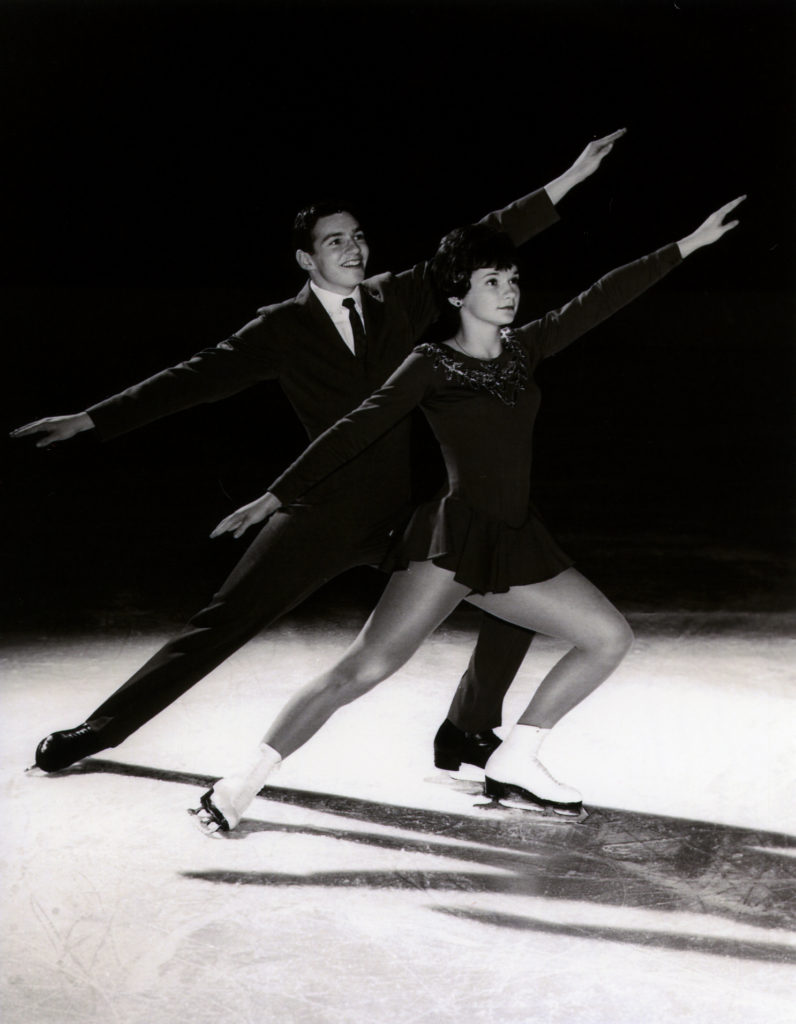
![]()
How to Train During and After a Pandemic

by Tracey Wainman, Canadian Champion
To say everyone was taken by surprise by the pandemic would be an understatement. I was listening to what was going on in the news and seeing what was going on around the world, but I don’t think many people grasped the idea that the situation in Canada could escalate so quickly.
It was the middle of March when the Greater Toronto Area made a statement that all community centres and arenas would be closing, effective immediately. Even then, if you told me that we would be off the ice for well over 2 months, I wouldn’t have believed you.
The first week was a shock.
I took the week to come up with a plan that would not only help myself as a coach and person, but also help the skaters to move forward. I was fortunate to have many other top-level coaches who happened to be my close friends. It seemed that across the country, we were finding ourselves in very similar situations. So, we all banded together and voiced our ideas and concerns.
In my mind, I had two main objectives: I wanted to keep the higher performance skaters fit so that when they could get on the ice again, they could do so safely and effectively. I also wanted to stay connected with the other skaters to keep them engaged and inspired to continue figure skating once arenas opened back up. After sharing our ideas, the general consensus was that Zoom, a virtual video meeting tool, would be the best method to accomplish this.
I’ve never really used Zoom in the past, but it was the perfect tool to stay connected during times of isolation. After learning how to use it, I quickly got to work and did my best to come up with an appropriate schedule that would accommodate all the skaters. I recruited Gregor Flipowski and Alexander Zahariev to run off-ice jump classes. They both agreed it would be vital for the skaters to simulate jumping off the ice to help ease the transition when going back onto the ice. I also asked Sasha Litvak, a ballet teacher that works with us at the club, if he would be interested in participating. He agreed to do some classes, and this helped the skaters to further develop their flexibility and movement abilities. Lastly, I got Canadian Men’s Champion, Roman Sadovsky, involved to do strength and conditioning classes as well as some stretch classes. Interestingly, this also happened to be a very good way of motivating Roman to do workouts with the skaters he was teaching. And no doubt, it helped him stay in shape.

Although the emphasis was on the more elite skaters, we were still working with skaters that ranged from 4-8 years old. And they seemed adamant about participating in the zoom classes too. It was very satisfying to see everyone come together and have a common goal of continuing their training even when being stuck at home.
All in all, we were working with around 50 skaters throughout the week. And I can say with confidence that every single one of them was happy to have this outlet to train and interact with their training mates and friends.
We definitely hit some road bumps along the way, whether it was a skater who was having a hard time staying motivated or if it was simply a scheduling conflict. I did my best to try to and iron out any issues. I would periodically check in with the skaters to see how they were doing so I could constantly make adjustments to the program.

Another big issue was the economic crisis that the pandemic created, so for the time being, we kept our Zoom classes free of charge considering the uncertainty of everyone’s financial situation for a sport that is already very expensive. Overall though, motivation definitely stood out as a common challenge for the skaters. Depending on the skater, I would reach out to them in groups or one-on-one to help address their concerns.
Thankfully, we were lucky enough to have international level judges and skaters as guest speakers. They voluntarily took the time to share their experiences and knowledge. I also encouraged Roman to give back and involve himself in Zoom calls as a guest. Whether it was sharing his experiences or teaching a class, Roman soon became very busy with Zoom calls with many clubs all over the country — a valuable experience for him.
Although the Zoom classes proved to be very effective, I honestly hated the experience of teaching virtually. I felt very disconnected and isolated. No online teaching experience could replace the feeling of interacting with a skater and watching them improve in person.
I confess that keeping myself mentally strong and motivated was not an easy task either, however, I knew it was important to do so, not only for myself, but also to help the skaters. I figured if I succumbed to the circumstances, the skaters would soon follow.
I immediately put myself on a daily schedule where I would have my Zoom calls, go on walks, workout, and explore new hobbies. Last summer I got a camera for my birthday, but I never really touched it, so this seemed to be the perfect time to dive into photography. I encouraged the skaters to do the same, and it was really interesting to see how the situation shaped them. Some picked up a musical instrument, some picked up painting, and some even found time to create a short film.
I found by using these methods, I was able to stay strong for 3-4 days, but inevitably I would have a day that was really tough to get through. I was constantly thinking about when we could go back on the ice. And the worst part by far was the unknown. Regardless of who I talked to, nobody seemed to have any reliable approximation of when we could get back onto the ice. The number of COVID-19 cases didn’t seem to be coming down.
To make matters even worse, this was the first time in a long time when I found nutrition to be a serious challenge. The overall boredom and emotional stress seemed to increase the number of trips I was taking to the fridge. Despite these challenges, I tried the next day to reset and continue following my daily schedule to the best of my ability.
Funny enough, on my birthday, we had our first day back on the ice. At that time, no public rinks were open, including our home rink. So, the only skating opportunities were privately owned rinks with the limitation of five people on the ice at a time. Nonetheless, I was very thankful to get any sort of skating experience. So, I decided to start with the elite skaters because it was very difficult to find ice time and make it financially feasible.
All the skaters were very eager to get back on the ice and do all the skills they were working on prior to the pandemic, but I reinforced the idea of taking it slow to prevent injuries. The last thing they needed was another setback. We started by doing one session per day, which would replace one of their off-ice Zoom classes. And then slowly this approach trickled down to the other skaters as more rinks and opportunities opened up. Just recently, the allowance of skaters on the ice has increased from five to ten. This was a game changer and has allowed most of the 50 skaters we’ve been teaching online to come and skate again. And it’s been really nice reuniting with more and more skaters every day after not seeing them for three months!
This experience is definitely something that will be impossible for us to forget. I hope that everyone did the best that they could to ride out this pandemic. The priority for me right now is to help the skaters slowly get back into skating.
Choreography is still one of those challenges that I am trying to organize, along with many other unknowns. When can we skate at our home club? When will the season start? Will there be a season? What will competitions look like? …and probably another couple dozen questions. I am glad however, that we are hopefully at the tail end of this pandemic. And I am looking forward to when the rest of my questions will be answered.

![]()
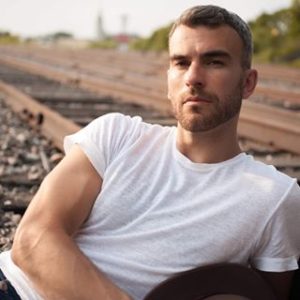 Eric Radford releases Golden Hour
Eric Radford releases Golden Hour
When the day is done and the night is just beginning…

Eric Radford released his third single on August 14th called Golden Hour. Eric is very excited to share his first electronic single for a chill-out summer vibe. Have a quick listen and enjoy the full version on Spotify or iTunes !
![]()
We’d love to hear from you! Today staying in touch is easier than ever!
E-mail us your stories, photos, thoughts, suggestions and questions. We can’t guarantee we’ll print each one however we will certainly read every word and in the case of questions, find answers to them all.
Contact Celina Stipanic, Alumni and Fund Development Manager at [email protected]



Hey, Celina!
Another great blog! I enjoy all of them. Joanne Shaw and I share some fun memories so it was a treat to read her article. And, Paul Huehnergard and I touched base in Australia, as noted in my Dragon Lady story. I look forward to each one. Debbi’s podcasts always give me insight into the person being interviewed.
Covid is still with us and Tracey Wainman’s article was perfect timing.
I am keeping busy and out of trouble.
Nancy